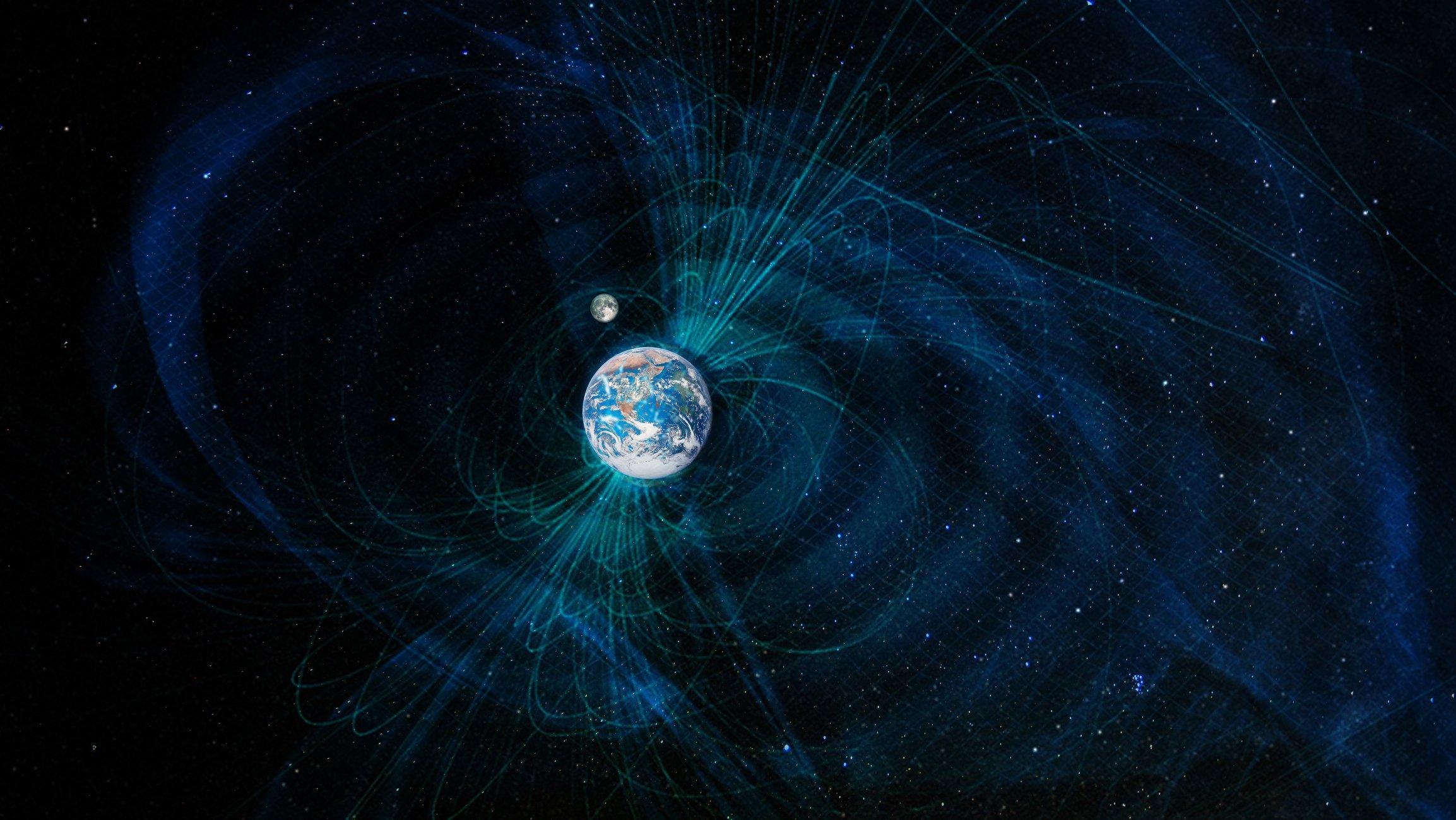
ENGINEERING
Engineering and Astrophysics both deal with solving complex problems and understanding the fundamental principles of how things work. With a background in astrophysics, I have a strong curiosity and interest in exploring the universe, and engineering provides a practical way to apply this curiosity and turn it into tangible, real-world solutions. The combination of theoretical understanding and hands-on problem solving makes both fields rewarding and fulfilling. Additionally, advancements in technology and engineering have greatly impacted the study and understanding of astronomy, making the two fields interconnected and complementary to one another. By combining my knowledge of astrophysics with my engineering skills, I hope to contribute to the development of new technologies and innovations that advance our understanding of the universe.
Image credit: Elen11 via Getty Images.
Spacecraft Assembly, Test, & Launch Operations (ATLO) Engineer
Millennium Space Systems, July 2023 - Present
In my role as a Spacecraft ATLO Engineer, I integrate and test units for satellite assembly. Currently, I am working on TRACERS, a NASA heliophysics mission, where I am assembling two satellites which are scheduled to launch in 2025. I am ecstatic that I am able to continue to work on the mission that I began to work on in college in the UCLA Space Magnetism Laboratory.
Some of my responsibilites and skills developed in this role are listed below:
• Write and execute test procedures for various units in preparation for integration and post-integration
• Review schematic diagrams, EICDs, MICDs, etc.
• Perform safe-to-mates
• Trained in Electrostatic Discharge (ESD) Control Safety requirements to handle sensitive electronics
• Operate in clean room environments
• Perform magnetic screenings of spaceflight parts and document results to share with collaborators
• Utilize standard COTS test equipment such as digital multimeters and oscilloscopes during the EM and Flight builds to ensure part performance is in accordance with company standards
• Improve documentation techniques to streamline information between technicians and engineers
Electronics & Magnetics Intern
UCLA Space Magnetism Laboratory, February 2022 - Present
In my role as an Electronics & Magnetics Intern for the UCLA Space Magnetism Laboratory, I assist our laboratory’s distinguished engineers and technicians in their development and construction of two fluxgate magnetometers for the upcoming NASA mission: TRACERS.
Some of my experiences and skills developed in this role are listed below:
• Assist and document in the assembly of two fluxgate magnetometer sensors for Class D NASA mission TRACERS in accordance with the Design for Assembly
• Review schematic diagrams
• Utilize crimping, wiring, and soldering during the Engineering Model (EM) assembly for the Data Harness and Sensors
• Trained in Electrostatic Discharge (ESD) Control Safety requirements to handle sensitive electronics, including EM Printed Circuit Boards, Data Harnesses, and Sensors
• Perform magnetic screenings of spaceflight parts and document results to share with collaborators
• Utilize standard COTS test equipment such as digital multimeters during the EM build to ensure part performance is in accordance with the Design for Assembly
• Improve documentation techniques to streamline information between technicians and engineers
• Collaborate with the Project Manager, Technicians, and Engineers throughout the assembly build to improve documentation techniques and forward documentation to collaborators
• Communicate with team to order required equipment for all stages of the Design for Assembly
• Organize lab documents, including certificates of calibration and part orders, and update procurement
• Participate in Quality Assurance inspections alongside the Project Manager, Engineers, and Technicians to report and identify any issues of non-conformance to NASA Workmanship Standards along with the status of the build
Awards: NASA Space Grant Fellowship Recipient 2023